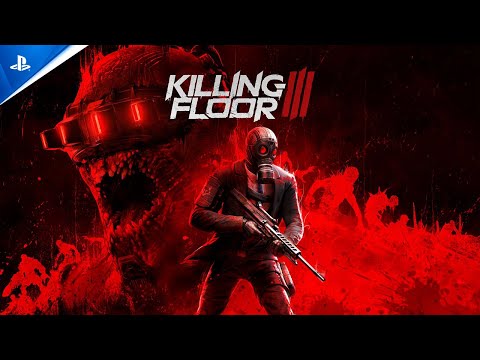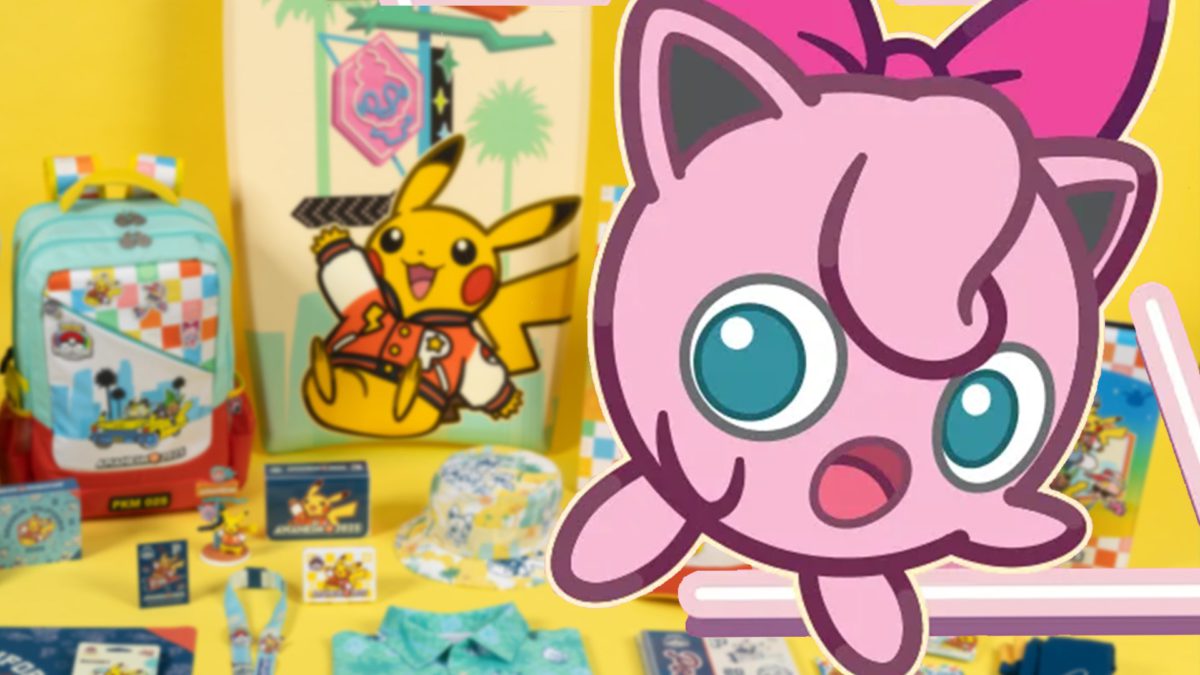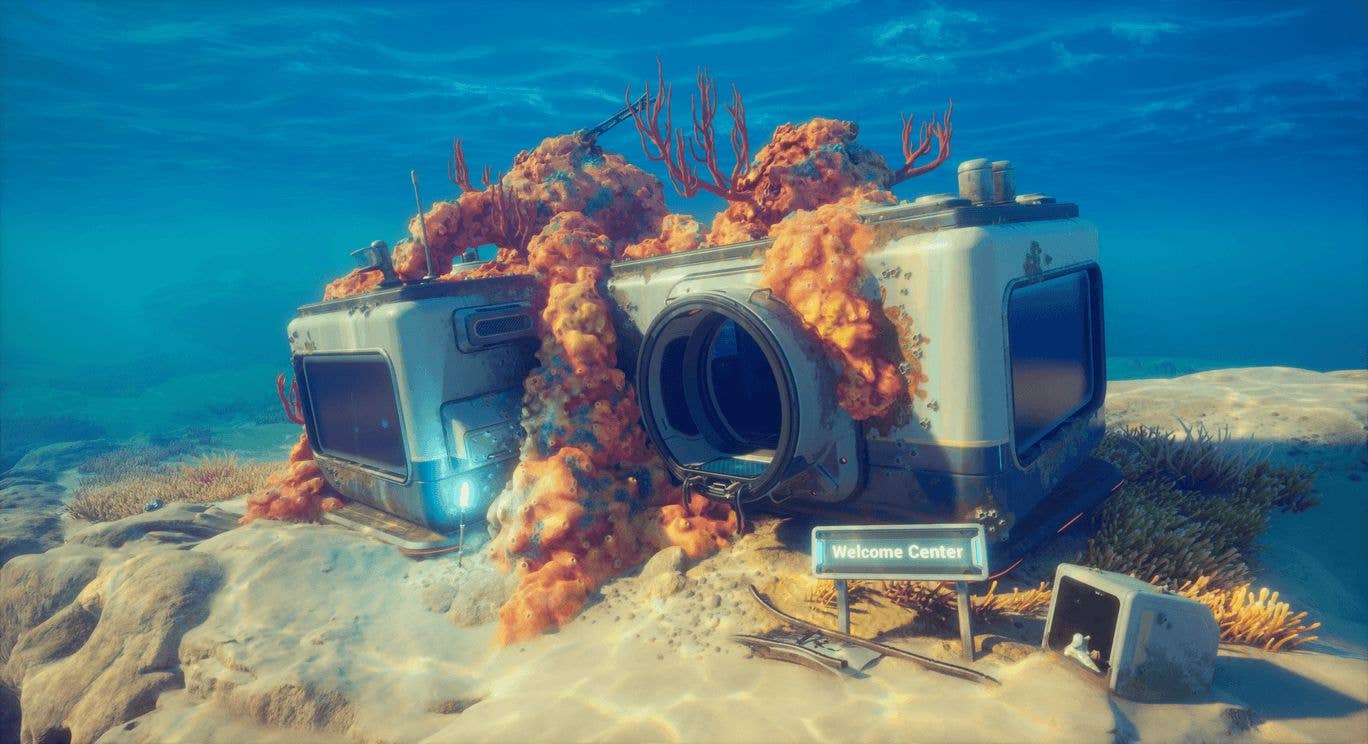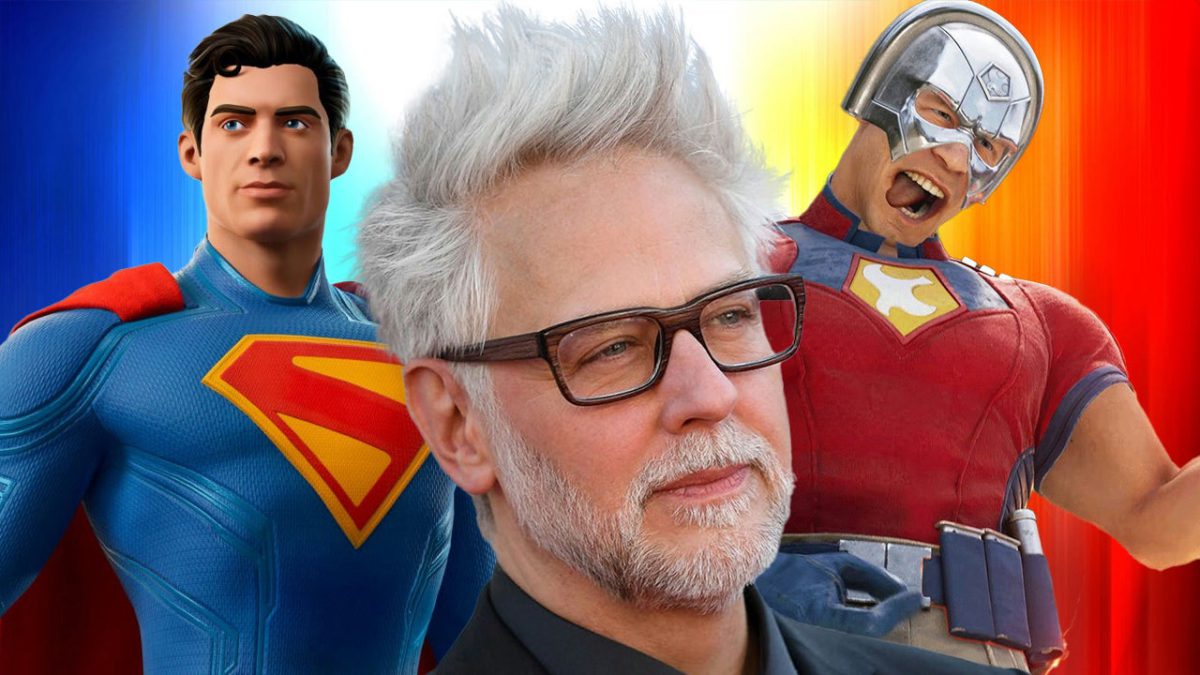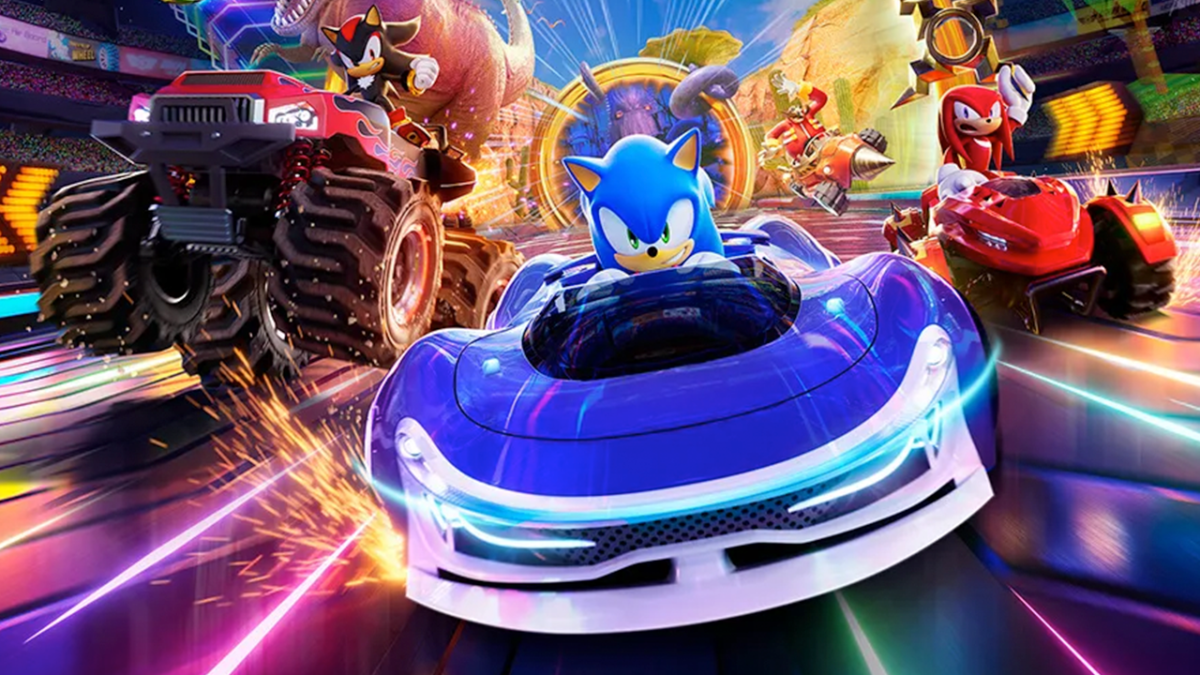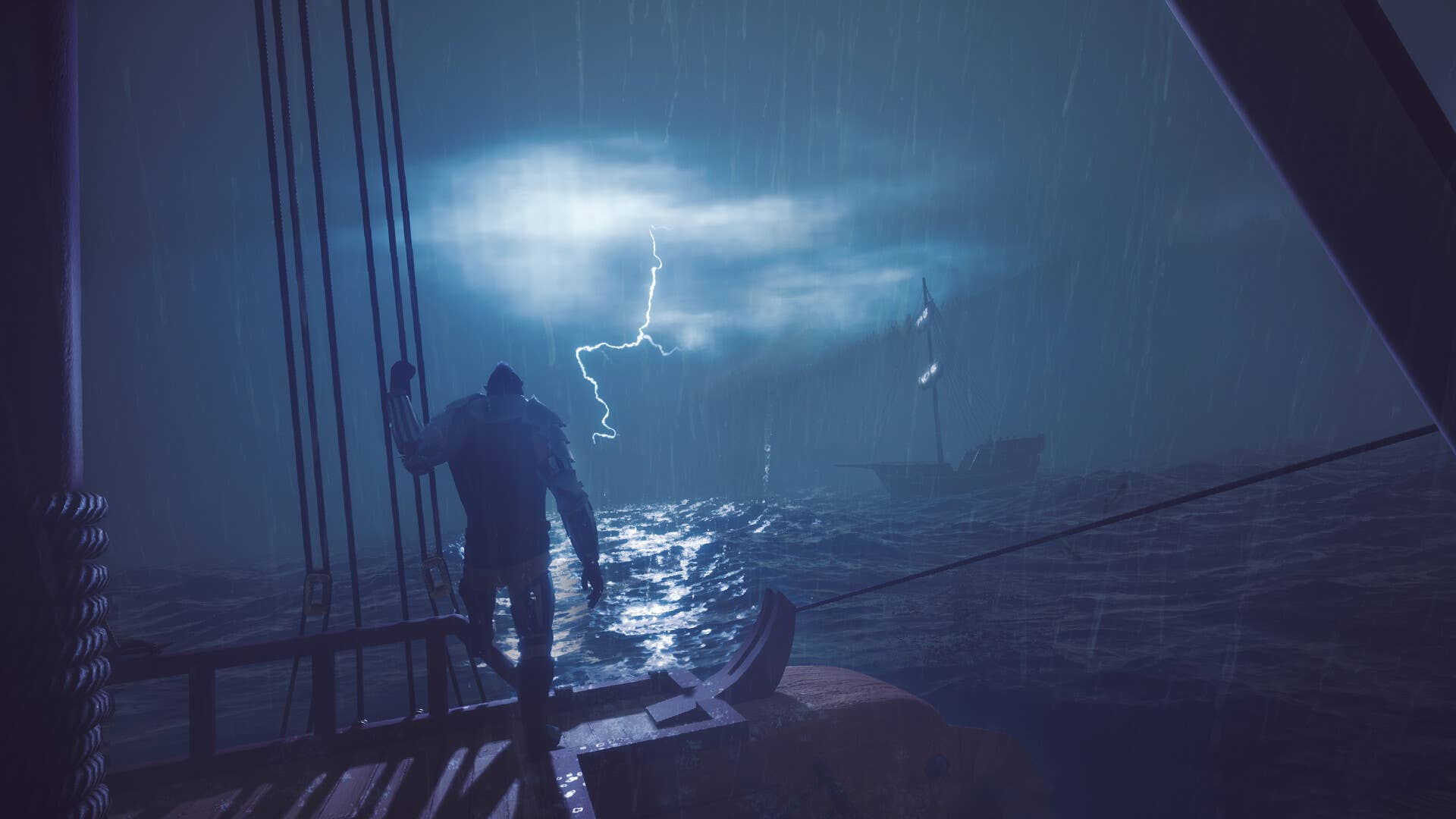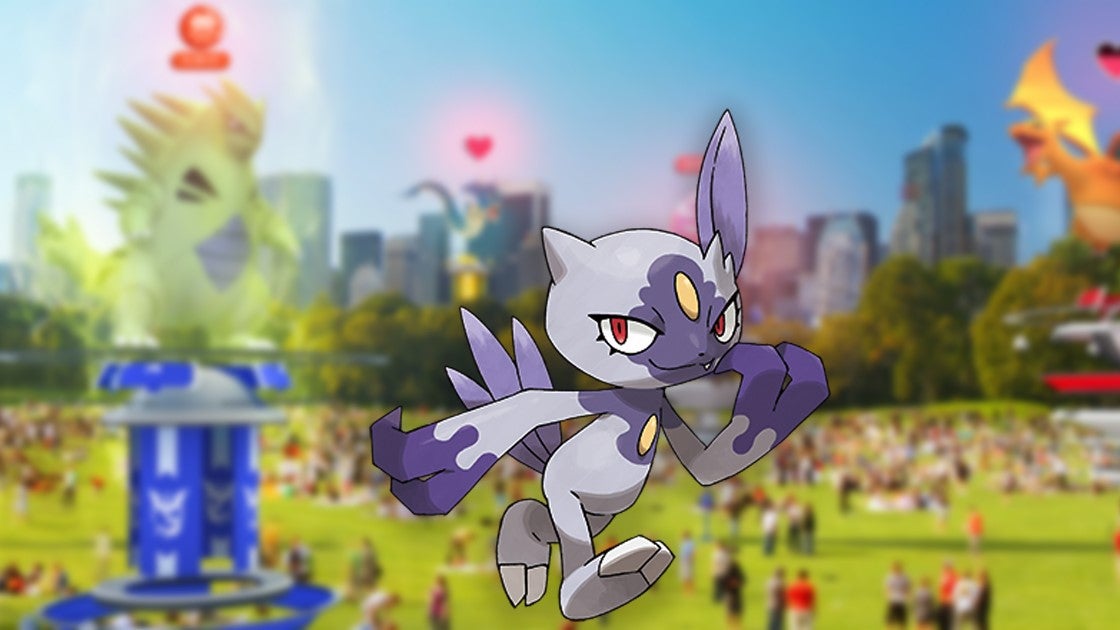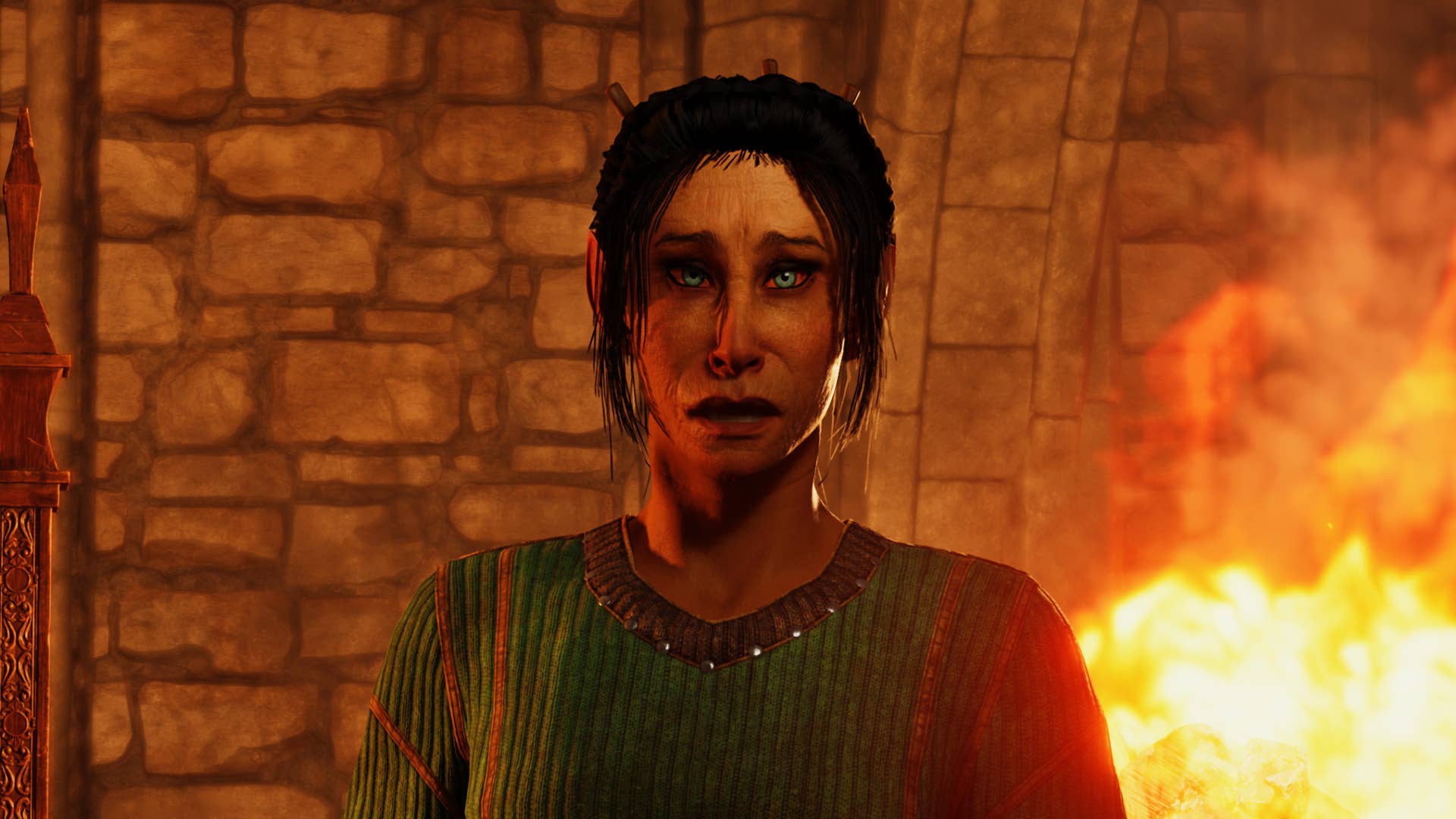It’s almost Zed Time again. The gore-drenched co-op FPS, Killing Floor 3, is exploding its way onto PS5 on July 24. In preparation for launch, Studio Creative Director Bryan Wynia and Design Director Leland Scali from Tripwire Interactive took me through what to expect in this big, brutal and bloody sequel to one of the best blasters on the block.

PlayStation Blog: In terms of gameplay, what was the main focus for Killing Floor 3? And what sets it apart from its previous titles?
Leland: It really was adding depth to existing systems. So, in Killing Floor 1 and 2, you could progress the player and add skills. You essentially have passive, throwable, and gadget skill sets. It’s much more robust and there’s more choices the player can make. Depending on what you choose, you could end up synergizing early skills with later skills, or you could find better mixes later.
Bryan: There’s also the new player hub, where you can adjust those skills, weapon mods, and other elements. But we wanted to find ways to keep it as immersive as possible. So these skill trees aren’t just numbers under the hood, but things you can actually see and feel when you play the game.
Leland: And we’ve modernized player movement. You can now do things like slide and clamber. But once we did that, we knew we needed to improve how the enemies moved, too. So instead of them walking around objects to get to you, they jump and climb over things. No matter where you go, they can go too.
How has the Zed Time mechanic been reworked?
Leland: When we started testing KF3, some of the early feedback we got was that this feature is cool, but what causes it? So there’s a bar at the top of the screen that you’re filling by doing different actions like destroying Critical Zones or killing enemies. And once it’s about to trigger, the whole team can take advantage at the same time. Also each Perk has two unique skills that increase as the player increases their proficiency level. This increases the effectiveness of the Perk during Zed Time as the player progresses. These are just some ways in which we’ve enhanced Zed time to be more of a meaningful tool in the player’s arsenal, rather than a random event.
Bryan: We hired a former SWAT team leader and weapons expert, and I remember him saying that in combat there’s this clarity that becomes present. That’s a huge source of inspiration for Zed Time. You can feel overwhelmed in the moment, but when it kicks in we put the power in your hands.
Can you tell us more about the new Critical Zone system?
Leland: So when you damage certain enemies enough, their armor breaks off and exposes a Critical Zone. Destroying that puts them in a state where you can perform this gory [explosive] execution on them, and by using Zed Time you can get them in that state quickly.
Bryan: I think players enjoy communicating that they’re skillful at something, so that was one of the biggest driving factors for implementing the Critical Zone system. You have multiple ways of killing enemies: you can unload rounds, go for headshots or you can look for Critical Zones to really take advantage.
Leland: For example, the Impaler boss has a ton of Critical Zones. If you destroy the ones on his arms, you’ll be able to disable him from firing rockets, while destroying the Zones on his back stops him from firing smoke grenades. Being able to disable abilities is really cool because you quickly realize if we fight him in a certain way at the beginning of the match, it’ll benefit us later in the following phases.
Are there any new updates to the weapon mods system that you can reveal?
Bryan: With a first-person shooter you experience and interact with the world through your weapons, so it was important to give players more than cosmetic ways of customizing their guns. For example, in the sharpshooter class I keep my distance and do really precise high damage. So, I’m going to craft weapon mods that are various types of sights and grips for when I aim down the sights. I can then combo those with skills, like taking a knee when I shoot does increased damage. We still want the identity of these weapons to be kept – we’re not turning a shotgun into a sniper rifle – but you can use mods to play with it the way that you like.
Leland: And you can modify ammo. So you can craft something like fire ammunition for a gun that’s not normally fire based. Which is useful for a new system called Wave Mutations, which randomly changes certain properties of the upcoming wave. A certain enemy may be more susceptible to freeze damage, for example, and instead of normally having to focus on a different enemy if you’re not a suitable class, you can craft a modded weapon to deal that freeze damage.
Are there any particular things you want players to pay attention to when they boot it up for the first time? And do you have any tips for them?
Bryan: I’d love for players to dive into some of our outer loops, looking at skill trees and weapon mods, and learning about Critical Zones. It’s about showcasing your skill and taking advantage of new features like movement and dynamically fighting your way through a wave to show you’re the best Zed hunter on the internet.
In terms of tips, the biggest thing that helps you survive is prioritizing targets. Just because that Zed is the closest one to you doesn’t necessarily mean that’s the one you should shoot first. There could be a Husk or a Siren at the back of the battlefield that’s lining up a shot that can take you out.
Leland: And when you hit the Critical Zone of some of the bigger Zeds they essentially turn into a bomb, which is super useful when you’re surrounded by low-level enemies – that big guy’s explosion will take out all the little guys. So even if you take a bit of damage focusing on that Critical Zone, that’s tactically a better move.
Killing Floor 3 launches on July 24.

